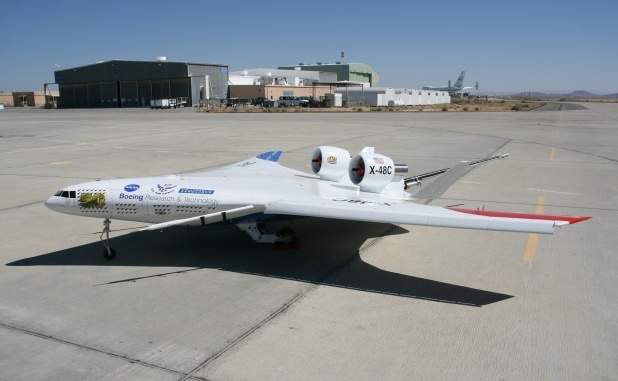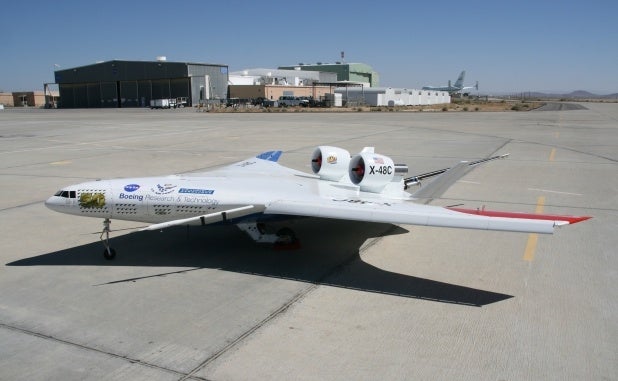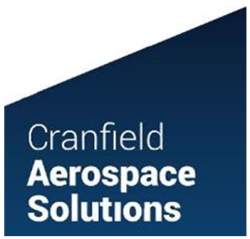

Air vehicle design has evolved to meet manned system needs, which are very expensive and designed to be extra safe. As a result, the design process is highly complex and time consuming. Computer modelling is used extensively in aerodynamic and structural design and, effectively enabling simulation to take over much of the activity from the traditional tools such as wind tunnels and structural test machines.
The traditional approach to air vehicle design always had its element of technical and financial risk dependent on the accuracy of the physics used in calculations for flight conditions. Many problems that cause delays and increase costs are realised at the end of a programme but are the results of issues introduced in the early stages. If better information is available in the very early stages these issues, delays and costs would be better counteracted.
This points to the need to produce a test flying vehicle at the very earliest stage in a manned or unmanned programme and the development of advanced UAV capabilities makes ‘rapid prototyping’ possible.
CAeS offers independent thinking in the provision of first principles concept development with a strategy to better utilise flight test methods earlier in the development process. Integral to rapid-prototyping are speedy requirements capture, concepts of operation and technology road-mapping. Rapid prototyping has the potential to deliver a total aerodynamic definition, which could be accurate full-scale values or, in projects where the prototype is a scale model, there would be scale effects to allow for but the design team still receives good data and design accordingly.
A better understanding of flight control system design, system integration and total flight dynamics capability at a very early stage is invaluable. Therefore, all programmes, whether manned or unmanned, civil or military could benefit from rapid prototyping.
Prototype and Concept Examples
Examples include a blended wing concept design, the X-48B, to test aerodynamic characteristics where CAeS designed the aircraft systems and ground station for piloting the vehicle. Now in the Edwards AFB Museum this is the unmanned X-plane with the most sorties – 130.
Another concept was to support E-Fan 4 with aspiration for CAeS to be the centre of excellence for hybrid / electric propulsion concept development and demonstration and certification programmes.
Developed strategies to better utilise flight test methods earlier in a concept development involving characterisation on environment for boundary layer ingestion (BLI), the controllability of blended wing body configurations and developing test techniques.
Unmanned Air Vehicles
Innovative unmanned air vehicles / systems (UAV and UAS) contributing in UAS research, concept development, UAS flight trials and support. Our experience enables flexibility through design, manufacture and test and we have been involved in many projects and operational UAV and UAS’ worldwide.
Converted a Jetstream 31 into a ‘surrogate’ optionally piloted vehicle (OPV). CAeS designed, developed and certified the systems for the programme and EASA-approved, ‘major’ modifications. This enabled the aircraft to fly remotely and was used for de-risking UAV technologies.

